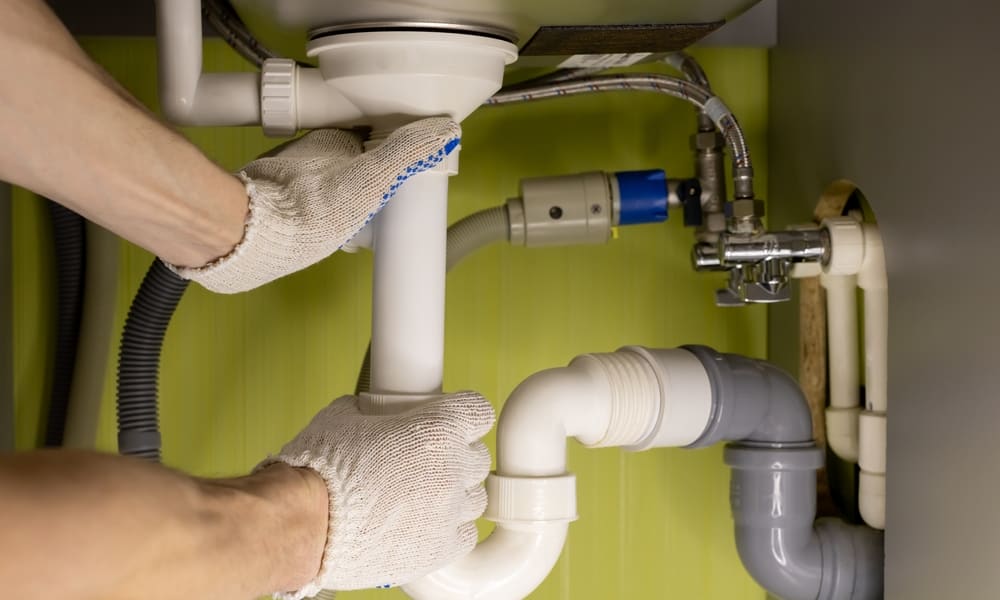Accessibility and ergonomic planning for personal cleansing systems
Planning accessible and ergonomic personal cleansing systems requires attention to hygiene, plumbing, materials, and user needs. This summary highlights practical considerations for retrofitting, installation, maintenance, and sustainable operation to support inclusive sanitation in homes and public facilities.

Designing personal cleansing systems that balance accessibility, ergonomics, and practical installation constraints improves hygiene outcomes and daily independence for many users. Effective planning considers toilet geometry, control placement, materials, and the plumbing connections that enable reliable sanitation. Attention to sensors, touchless controls, water conservation, and straightforward troubleshooting helps systems remain usable and maintainable over time. This article examines considerations for retrofitting existing facilities and for specifying new installations with long-term maintenance and sustainability in mind.
This article is for informational purposes only and should not be considered medical advice. Please consult a qualified healthcare professional for personalized guidance and treatment.
How does accessibility affect design choices?
Accessibility planning begins with assessing users’ mobility, reach, and transfer needs. Adequate clearances around the fixture, correct seat height, and strategically placed grab bars determine whether a person can use a cleansing system independently. Signage, lighting, and non-slip flooring also contribute to safe transfers. Local building codes and accessibility standards provide baseline dimensions, but tailoring layouts to the expected user population—older adults, people with limited mobility, or children—ensures practical usability in daily routines while maintaining sanitation standards.
What ergonomic principles guide fixture selection?
Ergonomic selection focuses on matching fixture form and control placement to human proportions and movement patterns. Seat contour, height, and stability influence comfort and safe transfers; nozzle position and spray angle affect cleaning effectiveness and user comfort. Controls should be intuitive, reachable from a seated position, and provide tactile or visual feedback for users with sensory impairments. Materials that feel warm and resist slipping can improve acceptance, and adjustable components or modular options allow a single installation to serve diverse users without extensive remodeling.
How can retrofitting improve plumbing and sanitation?
Retrofitting existing bathrooms can significantly improve hygiene and accessibility without a full remodel. Typical upgrades include replacing a standard seat with a bidet seat, adding securely anchored grab bars, and installing touchless flush valves or sensor faucets. Retrofitting requires evaluating water supply, pressure, and drainage compatibility; some electronic bidet features need nearby electrical outlets and proper protection. Prioritizing durable fixtures and reusing structural elements minimizes waste and disruption while extending the effective life of existing plumbing systems.
What should be considered during installation?
Installation ties together plumbing, electrical, and structural work and should be coordinated by qualified professionals. Plumbers should verify supply lines, shutoffs, pressure, and drainage alignment for bidet functions, while electricians address power, outlet placement, and GFCI protection for sensor-driven features. Proper mounting of grab bars, secure anchoring of seats, and sensor calibration are essential safety checks. Detailed installation documentation, user manuals, and schematics provided to homeowners or facility managers simplify future maintenance and troubleshooting tasks.
How are maintenance and troubleshooting handled?
Routine maintenance preserves sanitation and functionality. Regular tasks include cleaning nozzles and surfaces with manufacturer-recommended cleaners, inspecting seals and hoses for wear or leaks, and testing sensors and touchless mechanisms. Troubleshooting common issues—low pressure, intermittent sensor activation, or nozzle blockage—often starts with checking power and water supply before moving to cleaning or component replacement. Keeping a service log of maintenance intervals, parts used, and repairs aids long-term upkeep and informs decisions about future retrofitting or component upgrades.
What sustainability and water conservation measures apply?
Sustainability choices influence both operational resources and lifecycle impacts. Low-flow valves, dual-flush systems, and regulated bidet spray volumes reduce water consumption while maintaining hygiene. Selecting durable, recyclable materials and corrosion-resistant finishes extends service life and reduces replacement frequency. Sensors and touchless controls can minimize unnecessary flushes when calibrated for reliability, but they should be chosen to avoid frequent battery or electronic disposal. Considering local recycling and end-of-life handling supports broader environmental goals while delivering accessible sanitation.
Conclusion Accessibility and ergonomic planning for personal cleansing systems require coordinated attention to hygiene, plumbing, materials, and user needs. Thoughtful retrofitting, careful installation, and regular maintenance and troubleshooting improve safety and functionality. Integrating ergonomic controls, accessible layouts, reliable components, and water conservation measures supports inclusive sanitation environments that balance user independence with long-term sustainability.





